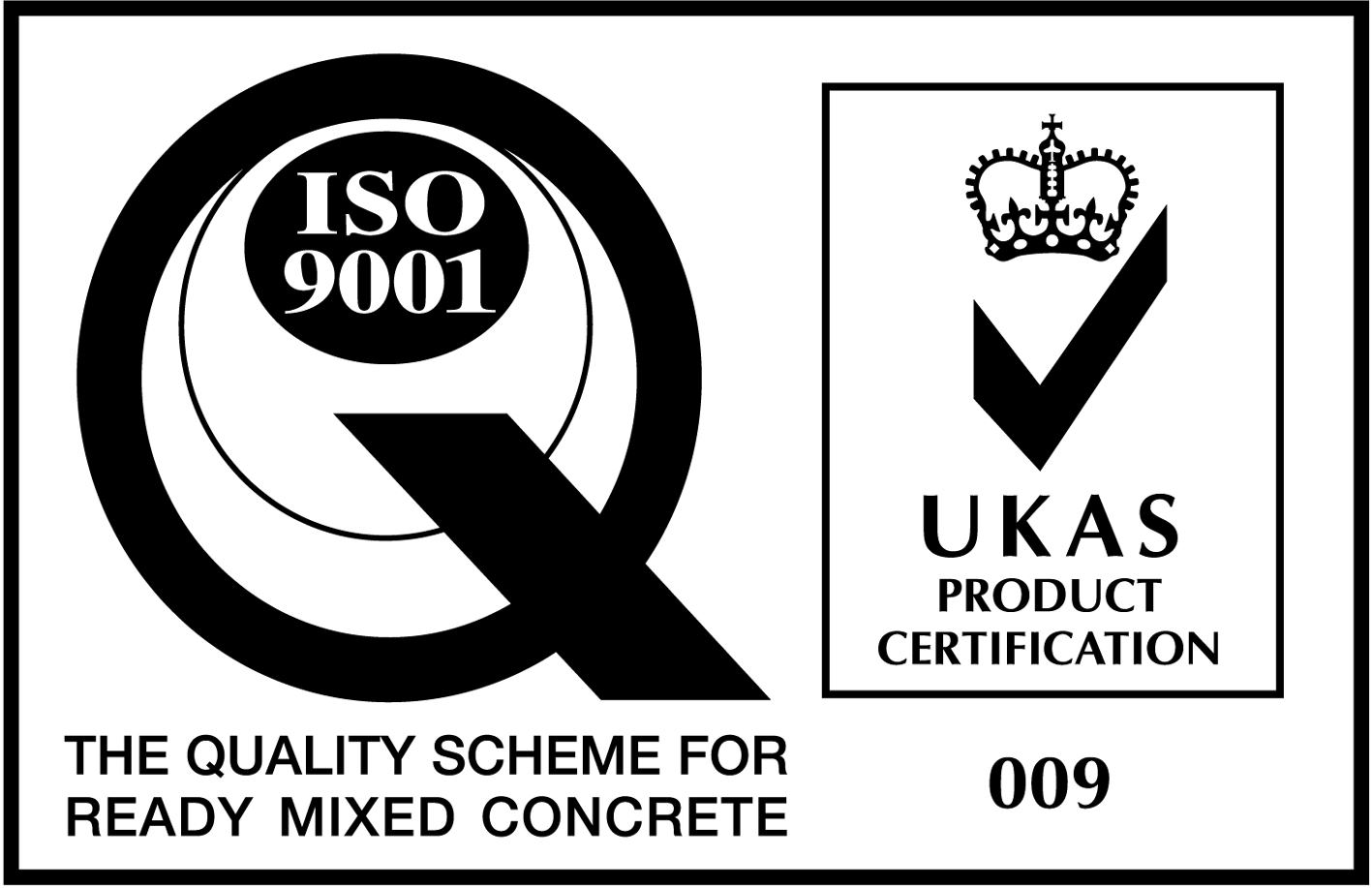What happens to Concrete when it freezes?
Here at Total Concrete we are experts with supplying high quality concrete for a range of domestic and commercial needs, across Woking, Guildford, Surrey, Berkshire, Hampshire and the surrounding areas. We know that it can be tricky laying concrete in winter, but with these hints and tips, you won’t have to worry about your concrete freezing in colder weather.
Concrete must be protected from freezing until it reaches a compressive strength of 500 psi. This usually occurs within the first 24 hours.
Water expands 9% in volume when it freezes. The formation of ice crystals in the concrete will cause paste expansion that reduces the final strength of the concrete by up to 50%.
Concrete that freezes during the first 24 hours of curing won’t have developed the strength to combat the effects of frozen water. It will suffer irreversible loss of strength that may render the concrete useless.
How to protect concrete while pouring
Preheat components
Preheat one or more of the constituent materials to ensure the concrete is at a suitable temperature when it is poured. You should heat the water and/or the aggregate to achieve this. Aim for around 40°F / 4°C when pouring.
Adjust ratios
Adjust the mixture components by increasing the ratio of cement or using an accelerating chemical admixture.
Avoid fly ash
Avoid using fly ash or slag cement. These generate less internal heat and can take longer to set.
Use windbreaks
Windbreaks protect the concrete from experiencing sudden temperature drops
Create an enclosure
Pour the concrete in a temporary enclosure. This can be achieved with rigid-plastic enclosures or sheets made of tarp or polyethylene.

How to protect concrete while curing
Keep the cement in an enclosure for at least 24 hours while it cures. The enclosure can be heated using combustion heaters.
Cover the concrete with blankets to retain as much of the heat as possible. Additional heat can be supplied using electric blankets. Make sure to cover the corners as these are most susceptible to freezing and damage.
Use combustion heaters to heat the enclosure. The heaters should not be directly heating the concrete, as this can dry it out. The heaters must also be vented to avoid damage by carbonation.
Once the protection period is over, gradually remove the heating elements over the next 24 hours so that the concrete cools at a steady pace.
Total Concrete is your local supplier of QSRMC-certified concrete. If you need concrete mixed to your requirements and delivered directly to your site, get in touch with our team.
Call us for a quote on 0800 859 5371 or use our Concrete Calculator!
 Trade Zone
Trade Zone
